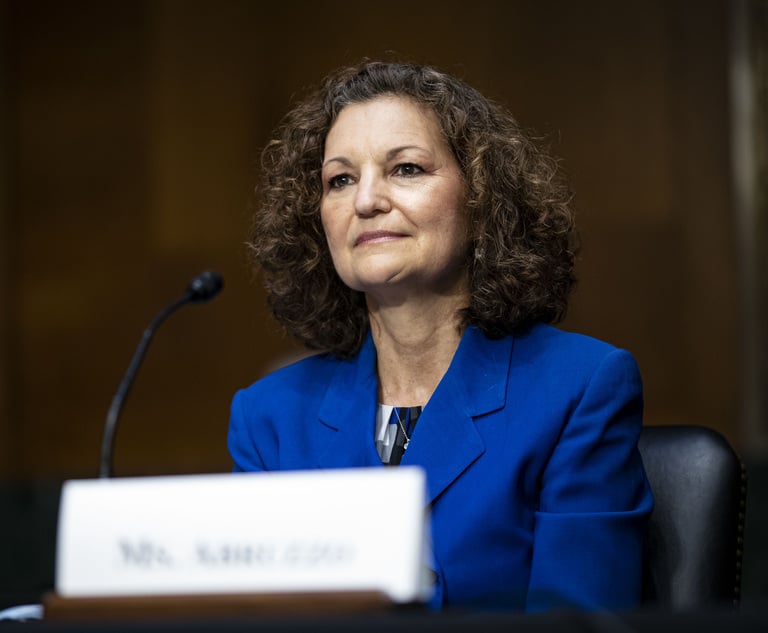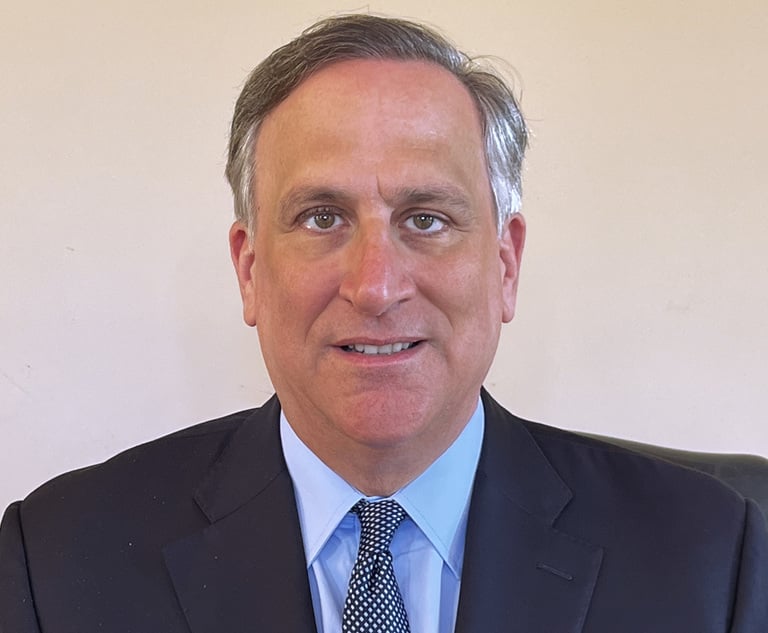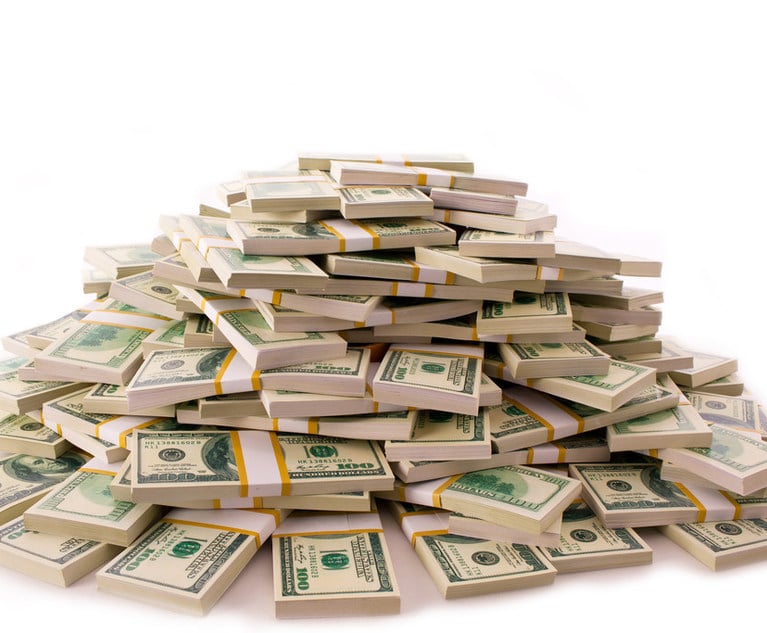The legalization of marijuana appears to have passed the point of no return. Medical marijuana use is legal in 31 states, including Connecticut, and 15 other states allow medical use of cannabis products with a limited THC content. The recreational use of marijuana is now legal in nine states plus the District of Columbia. According to the most recent public opinion polls by Pew Research Center and Quinnipiac University, 61 to 63 percent of American voters support legalization of recreational marijuana, whereas just 33 to 37 percent oppose it—the greatest level of support ever measured.
Despite the surging momentum in favor of legalization, there remains a federal prohibition on both the medical and recreational use of marijuana. As a Schedule I drug under the Controlled Substance Act, marijuana is classified as a drug with no currently accepted medical use and a high potential for abuse. This harsh stance maintained by federal government is a striking corollary to the prohibition of alcohol from 1920 to 1933. The prohibition of alcohol made it a hot commodity on the black market, turning it into a lucrative and tax-free business opportunity and giving rise to national crime syndicates headed by the likes of Al Capone and Charles “Lucky” Luciano. Prohibition of alcohol accomplished nothing. Alcohol consumption continued, the black market thrived and liquor consumption was not quelled, particularly among young people. The 1933 passage of the 21st Amendment repealed the prohibition enacted by the 18th Amendment, handing over the authority to the states.


 Marijuana is currently legal for medicinal use in Connecticut. Photo: Shutterstock
Marijuana is currently legal for medicinal use in Connecticut. Photo: Shutterstock




